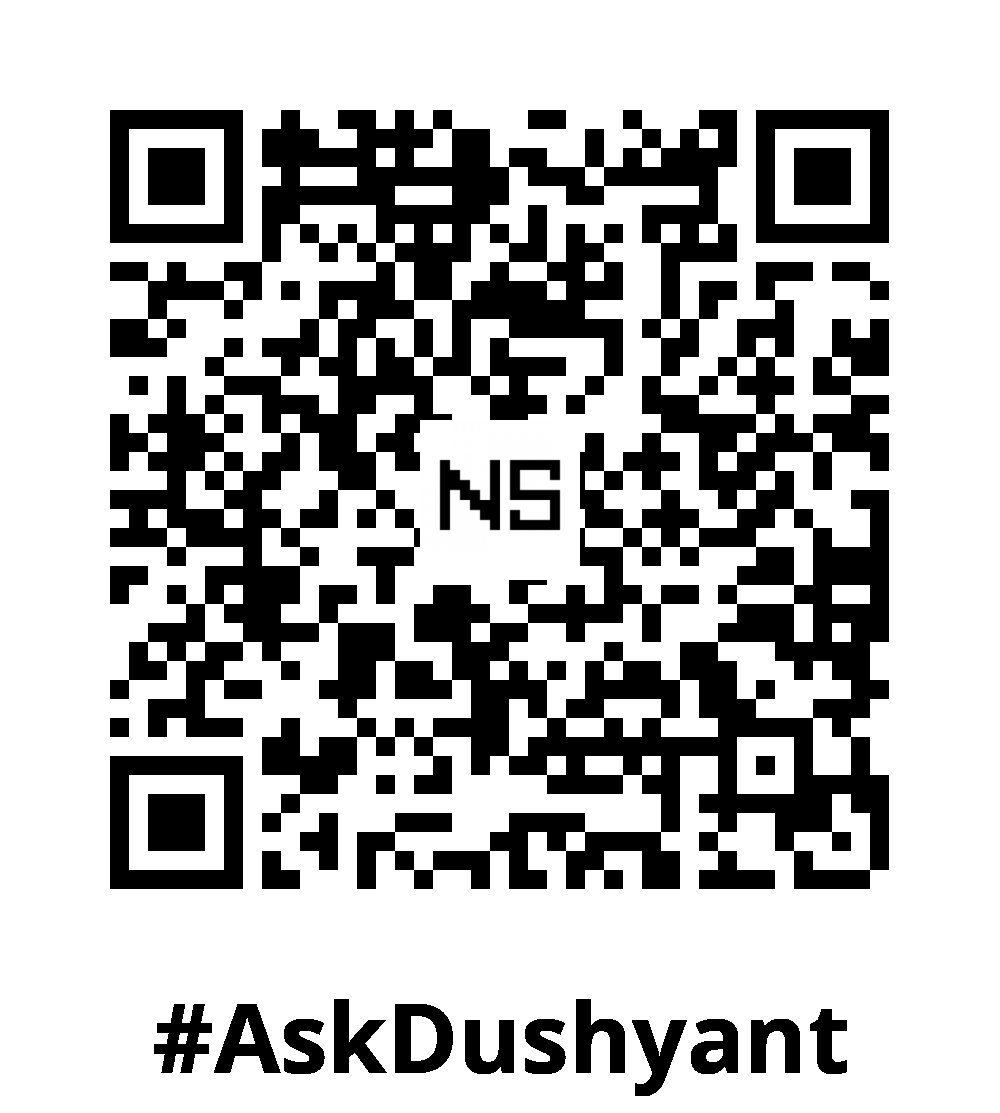In Generative AI Space, Hugging Face stands out as a beacon of innovation and accessibility. This platform has revolutionized the way developers and data scientists approach tasks. If you’re new to Hugging Face, understanding the basic terminologies is your first step toward mastering this powerful tool. In this Tech Concept, we’ll understand the essential jargon associated with Hugging Face, empowering you to navigate its offerings with confidence.
1. Transformer: Unraveling the Core Architecture
At the heart of Hugging Face lies the Transformer, a neural network architecture introduced in the groundbreaking paper “Attention is All You Need”. Transformers excel at capturing intricate, long-range dependencies in data, making them the backbone of many state-of-the-art models.
2. Model: Pre-trained Marvels Ready for Action
In the Hugging Face universe, a model refers to a pre-trained machine learning model specifically designed for NLP tasks like text classification, translation, and generation. The platform provides an extensive repository of these pre-trained marvels, ready to be harnessed for various applications.
3. Tokenization: Breaking Down Text into Units
Tokenization, a fundamental step in NLP, involves breaking down text into smaller units called tokens. These tokens could be words, subwords, or characters. Hugging Face offers specialized tokenizers tailored to different pre-trained models, ensuring that your text is processed in a format compatible with the selected model.
4. Tokenizer: Your Text’s Best Friend
A tokenizer in Hugging Face is a tool or function dedicated to tokenizing text efficiently. These tokenizers are essential companions, transforming raw text into a format understandable by machine learning models, laying the foundation for accurate predictions and analyses.
5. Pipeline: Crafting the Flow of Data
Think of a pipeline as a choreographed dance of data processing elements. In Hugging Face, a pipeline streamlines tasks like tokenization, model prediction, and post-processing, ensuring a smooth and efficient workflow from input to output.
6. Fine-tuning: Tailoring Pre-trained Models to Your Needs
Fine-tuning involves training a pre-trained model on a specific dataset, adapting it to a particular task. Hugging Face simplifies this process, offering user-friendly interfaces to fine-tune models on custom datasets, making advanced NLP tasks accessible to everyone.
7. Dataset: Fueling the Machine Learning Engine
In the Hugging Face ecosystem, a dataset is a curated collection of data crucial for training, validation, and testing machine learning models. The platform provides easy access to diverse datasets, allowing practitioners to experiment and innovate across various domains.
8. Training Loop: Iterative Refinement for Mastery
The training loop symbolizes the iterative process of training a machine learning model. It encompasses forward and backward passes, optimization, and parameter updates, refining the model’s accuracy and performance over time.
9. Inference: Unleashing Trained Models on New Challenges
Inference signifies the model’s application on unseen data after training. It involves using the trained model to make predictions, enabling real-world applications ranging from chatbots to sentiment analysis and beyond.
10. Checkpoint: Saving Progress for Future Expeditions
A checkpoint is a saved version of a model’s parameters during training. These checkpoints allow you to save progress and resume training later or use the model for inference, ensuring you can pick up from where you left off in your exploration and experimentation.
My Tech Advice: Armed with this foundational knowledge, you’re better equipped to embark on your journey with Hugging Face. Whether you’re a seasoned data scientist or a curious beginner, understanding these basic terminologies is your key to unlocking the full potential of this remarkable platform. As you delve deeper into the world of Hugging Face, these concepts will serve as your guiding lights, illuminating the path toward mastering the art and science of AI. Happy coding!
#AskDushyant


Leave a Reply